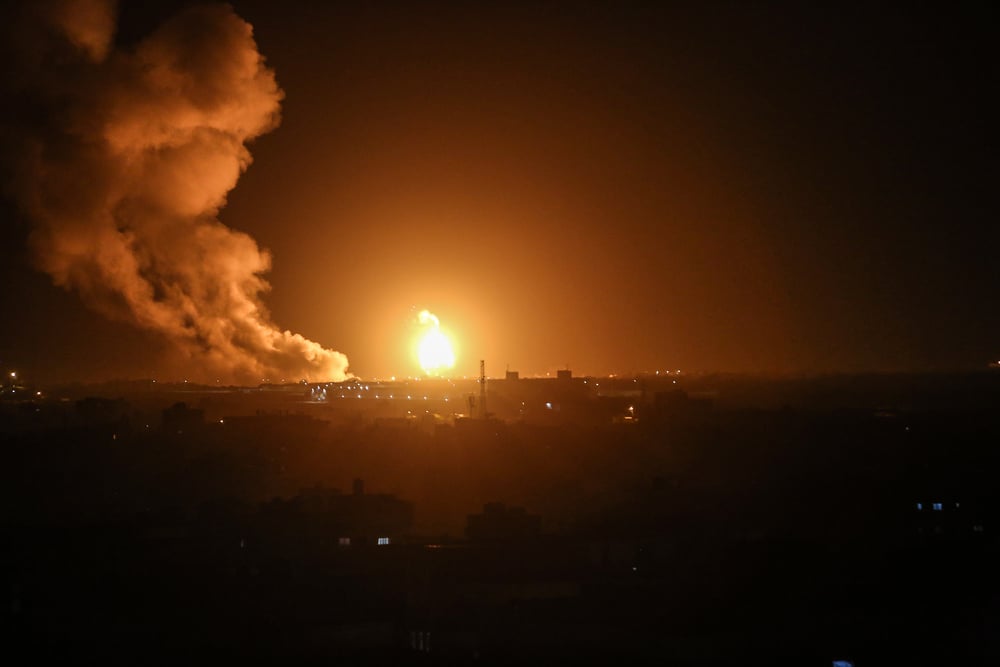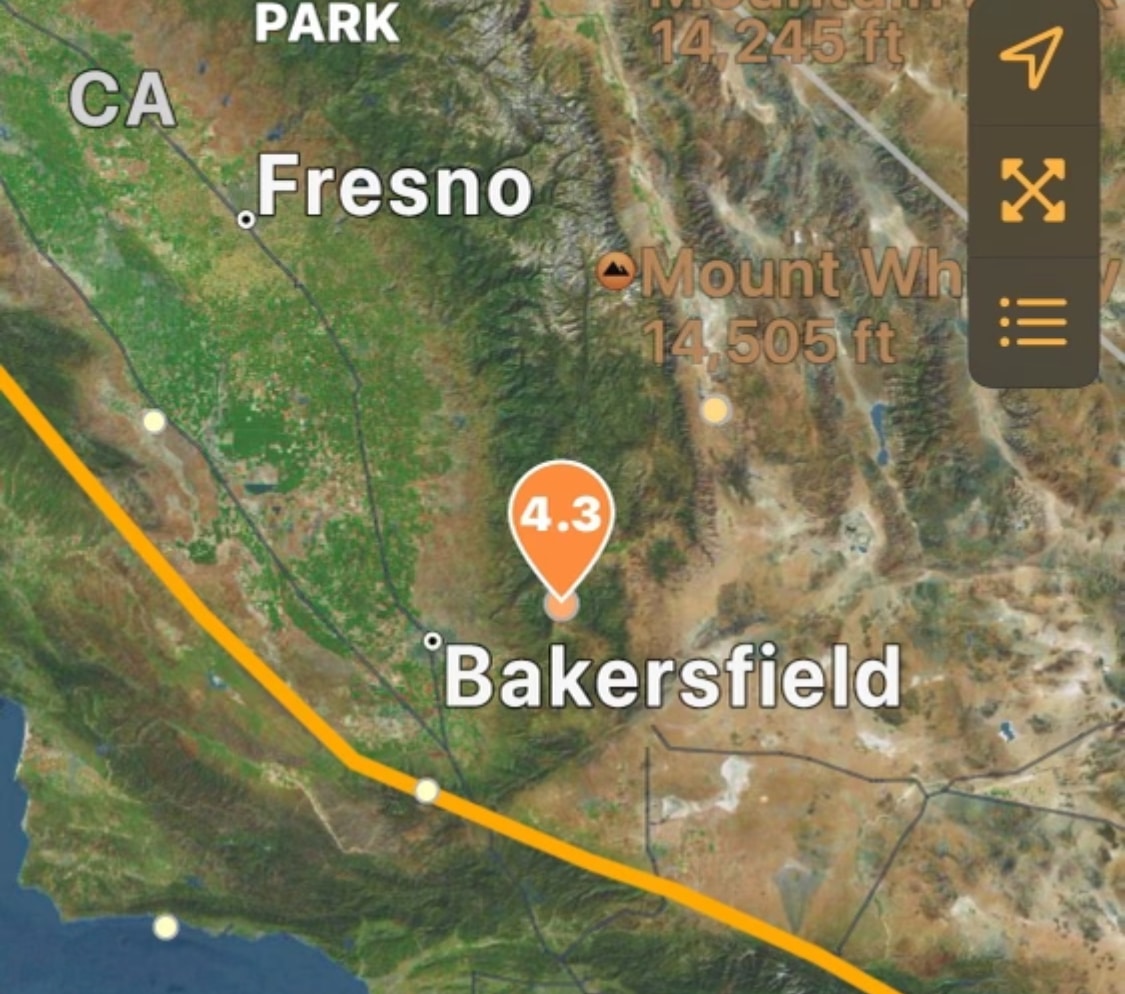A new study published in the Aug. 2014 journal Ecological Indicators explores the effects that Fukushima’s nuclear accident is having on marine life, an issue that the public and scientists have pondered and worried about since the meltdown occurred in 2011.
Three and a half years have passed since a 15-meter tsunami, triggered by a major earthquake, dismantled the power supply, causing the meltdown of three of Fukushima’s Daiichi reactors in Japan. The “double quake,” which measured 9.0 on the Richter scale, shook the Japanese mainland for a solid three minutes, releasing radioactive material into the air, reaching as far as the U.S. West Coast, and possibly beyond.
Scientists have blamed population decline and genetic damage in animals, insects and wildlife living near the site on the release of radioactive material. One example is the pale grass blue butterfly, a common butterfly species found in Japan. Reduction in size, slow growth and a high mortality rate appear to plague the species in the region surrounding Fukushima, according to a report by Tech Times. READ MORE


















How is this a new study if it was published in 2014?
It’s still relevant. And scary. We better all know Jesus NOW!
It’s hard to find knowledgeable people in this particular subject, but you sound like you
know what you’re talking about! Thanks